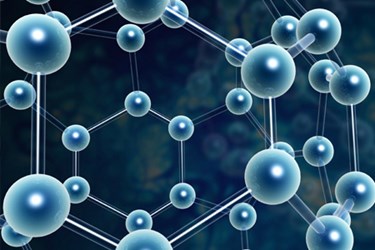Jell-O-Like Biomaterial Could Hold Key To Cancer Cell Destruction

Scientists from Penn State University reported that a biomaterial made of tiny molecules was able to attract and destroy cancer cells.
Professor Yong Wang, associate professor of bioengineering at Penn State, and colleagues built the tissue-like biomaterial to accomplish what chemotherapy could not – kill every single cancer cell in the body. While using chemotherapy can help patients fight cancer, it does not guarantee that it will wipe out every cancerous cell and leaves the possibility of a recurrence.
Together with Cheng Dong, professor and head of the PSU Department of Biomedical Engineering, and graduate students Shihui Li and Erin Richards, Prof. Wang built polymers from tiny molecules called monomers. The team then wove the polymers into 3D networks called hydrogels. Hydrogel is a lot like human tissue, says Prof. Wang. “Hydrogel is soft and flexible, like Jell-O, and it contains a lot of water, so when you put it into the body, the body likes it. With other implants, the body often tries to get rid of them through the immune response. We want to make sure the materials we are using are compatible in the body.”
The researchers attached aptamers to the hydrogels, which release bio-chemical signal-only molecules that draw in cancer cells. Once attracted, the cancer cells are entrapped in the Jell-O-like substance. What happens next is an oligonucleotide binds to the protein-binding site of the aptamer and triggers the release of anticancer drugs at the proper time.
“Once we trap the cancer cells, we can deliver anticancer drugs to that specific location to kill them. This technique would help avoid the need for systemic medications that kill not only cancer cells, but normal cells as well. Systemic chemotherapy drugs make patients devastatingly sick and possibly leave behind cancer cells to wreak havoc another day. If our new technique has any side effects at all, it would be only local side effects and not whole-body systemic side effects,” explained Prof. Wang.
The initial results of the research were published by Prof. Wang in the Journal of the American Chemical Society in 2012. Prof. Wang also shared the latest results of his work at the Society for Biomaterials Meeting & Exposition in April this year.
